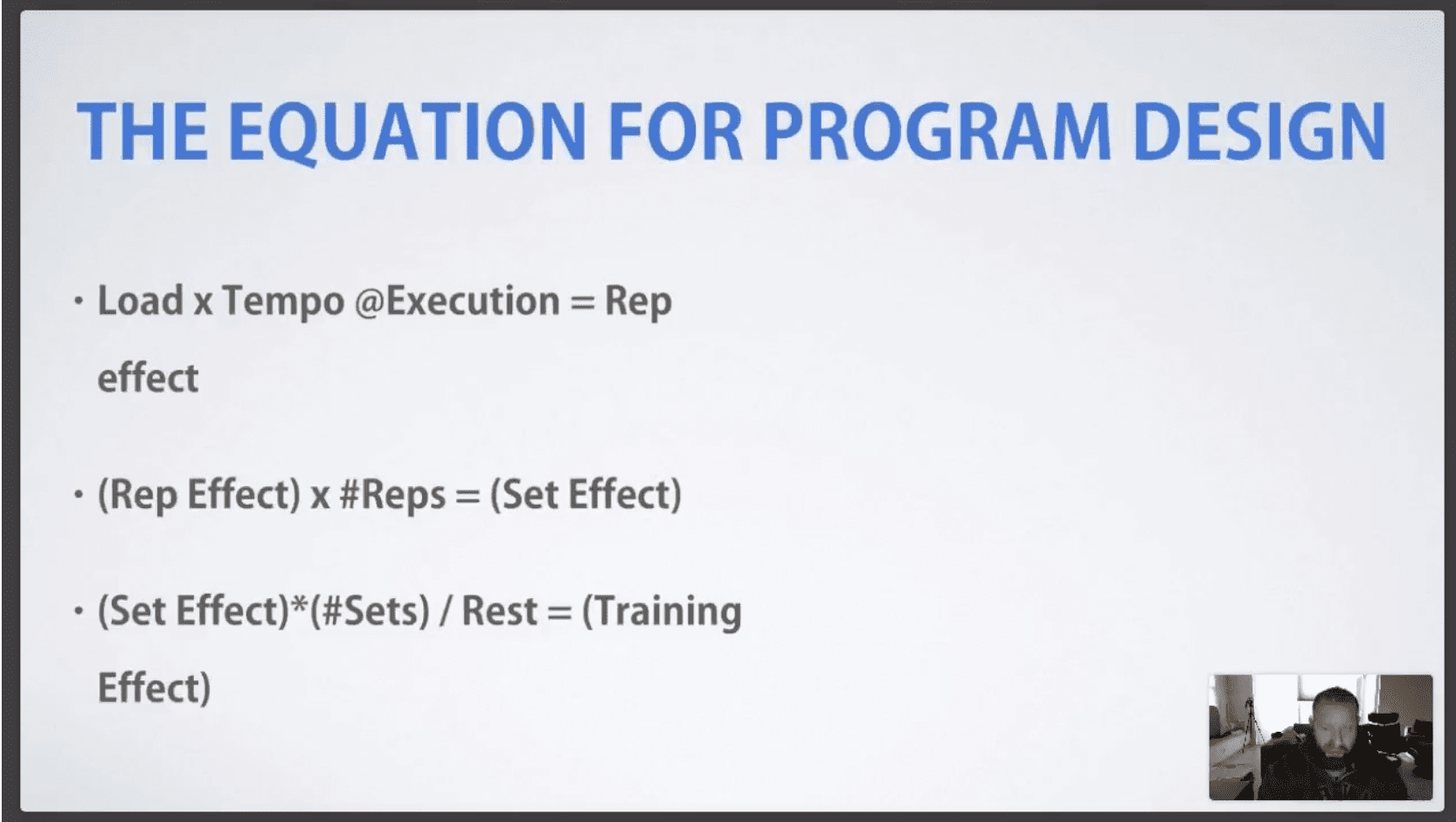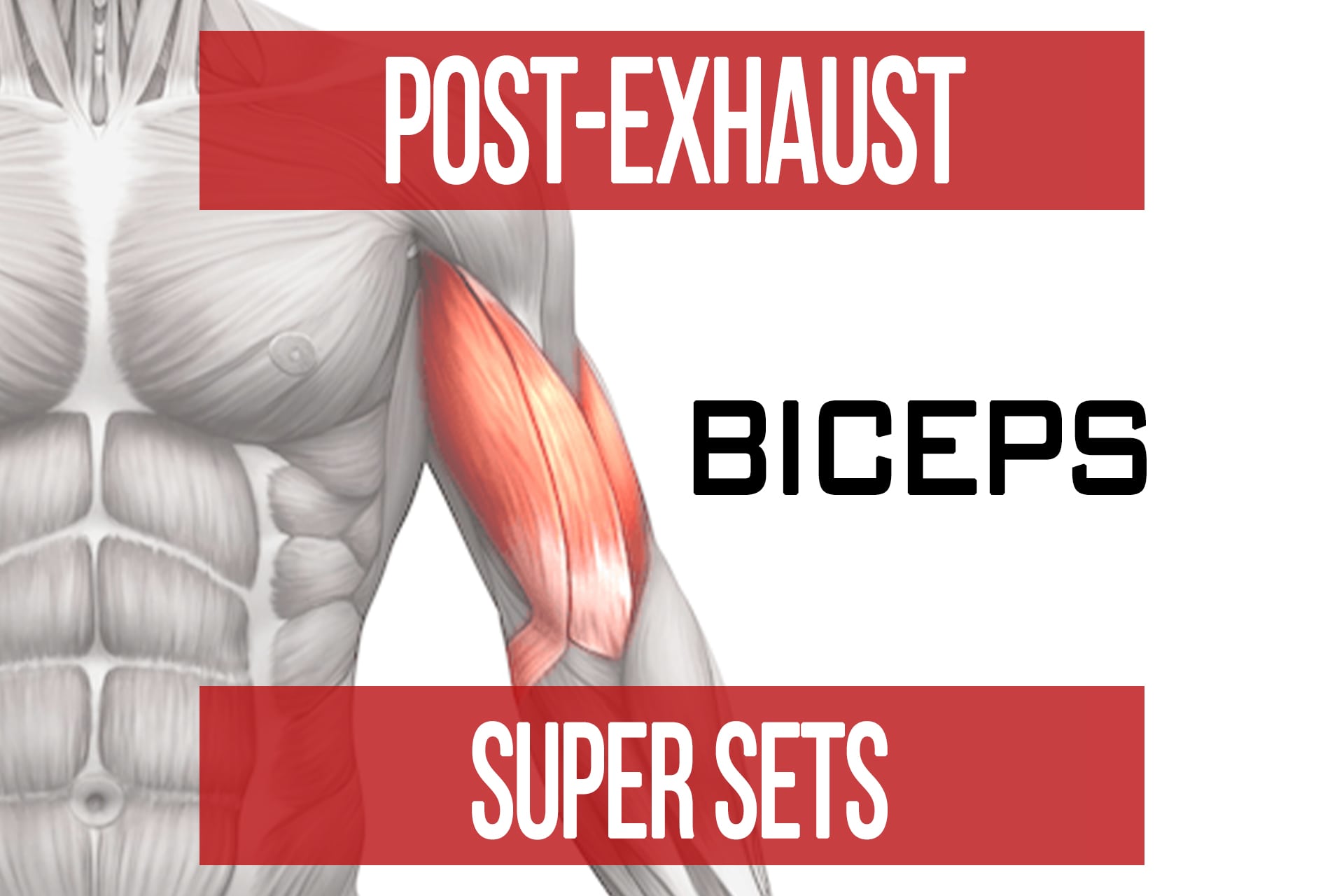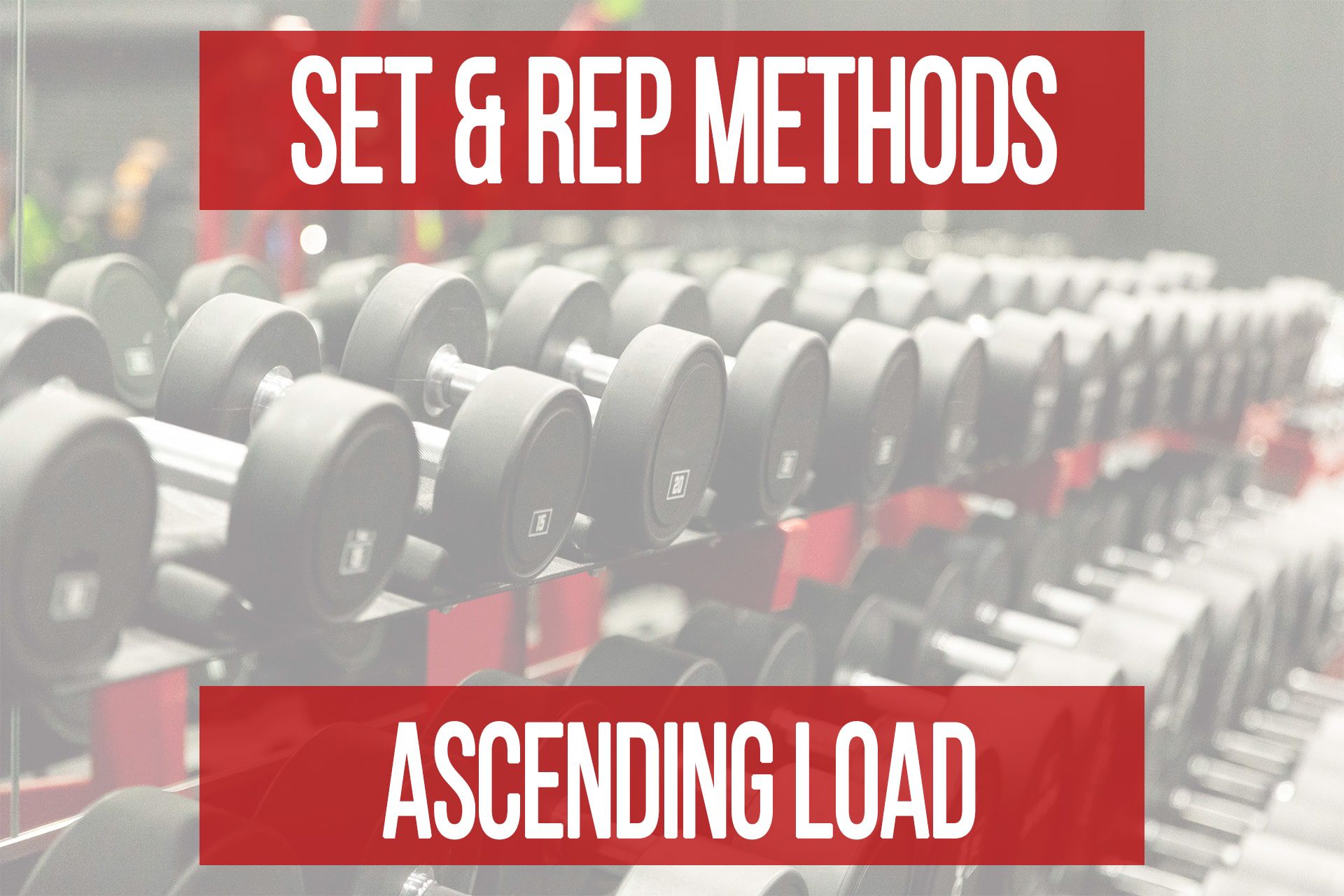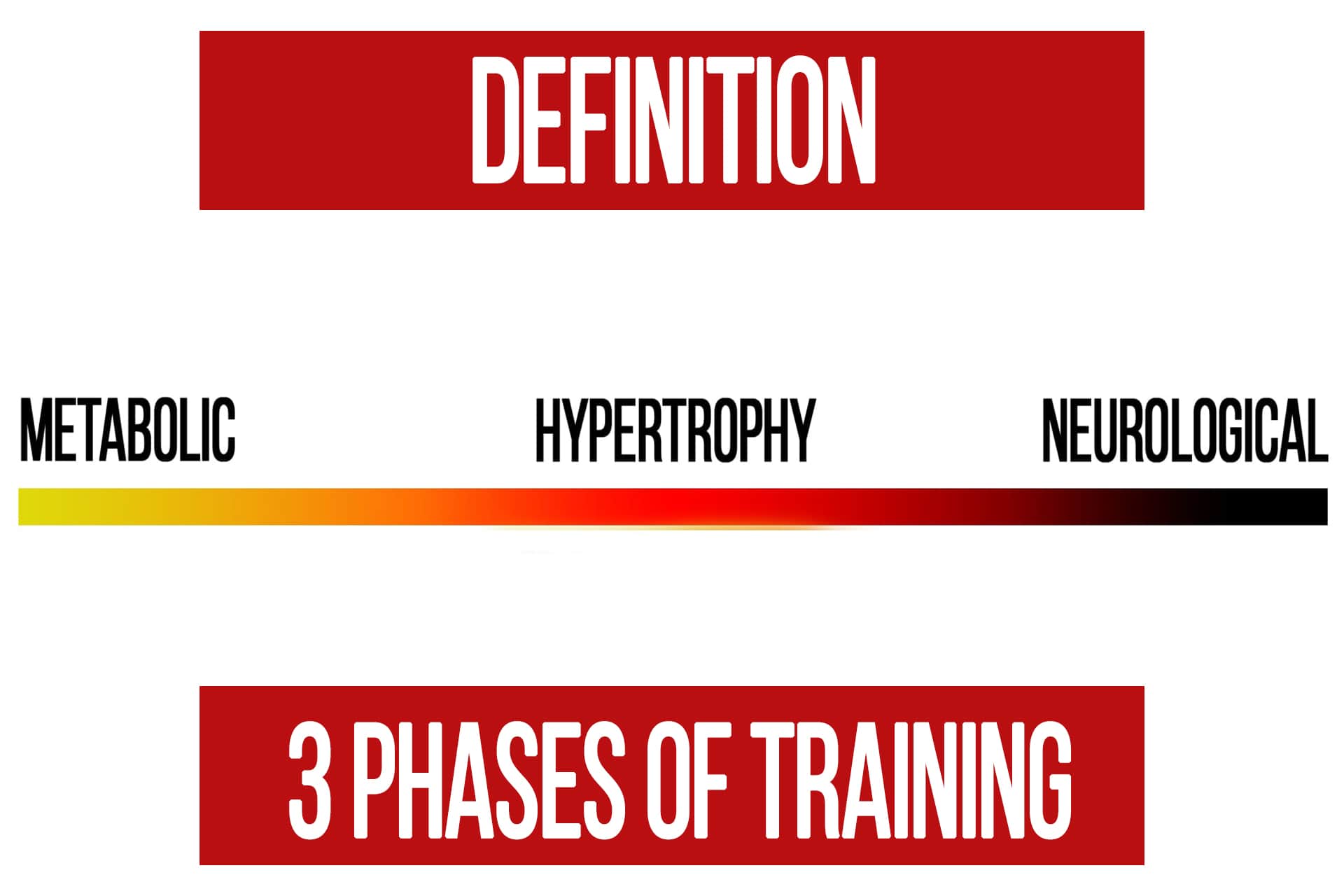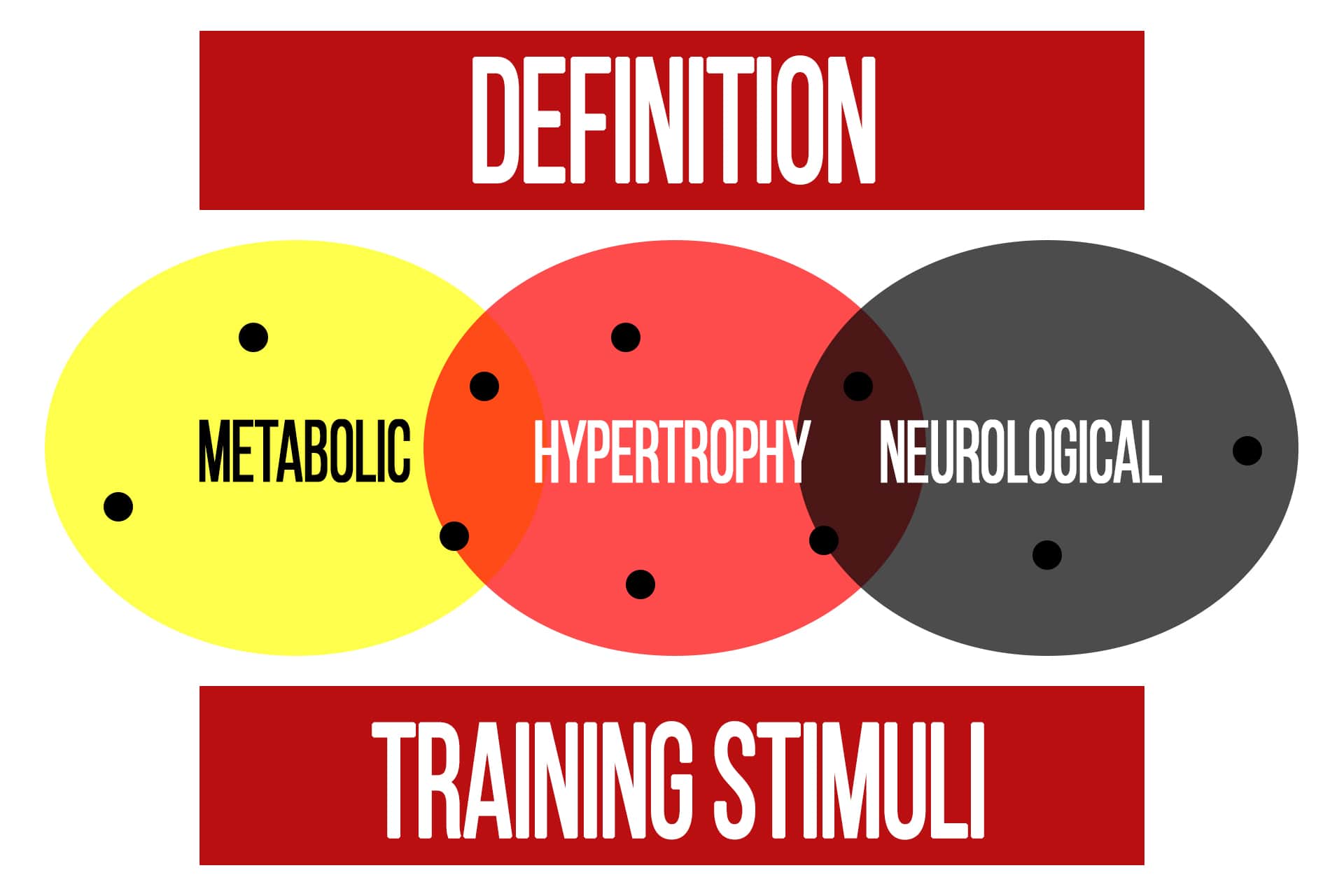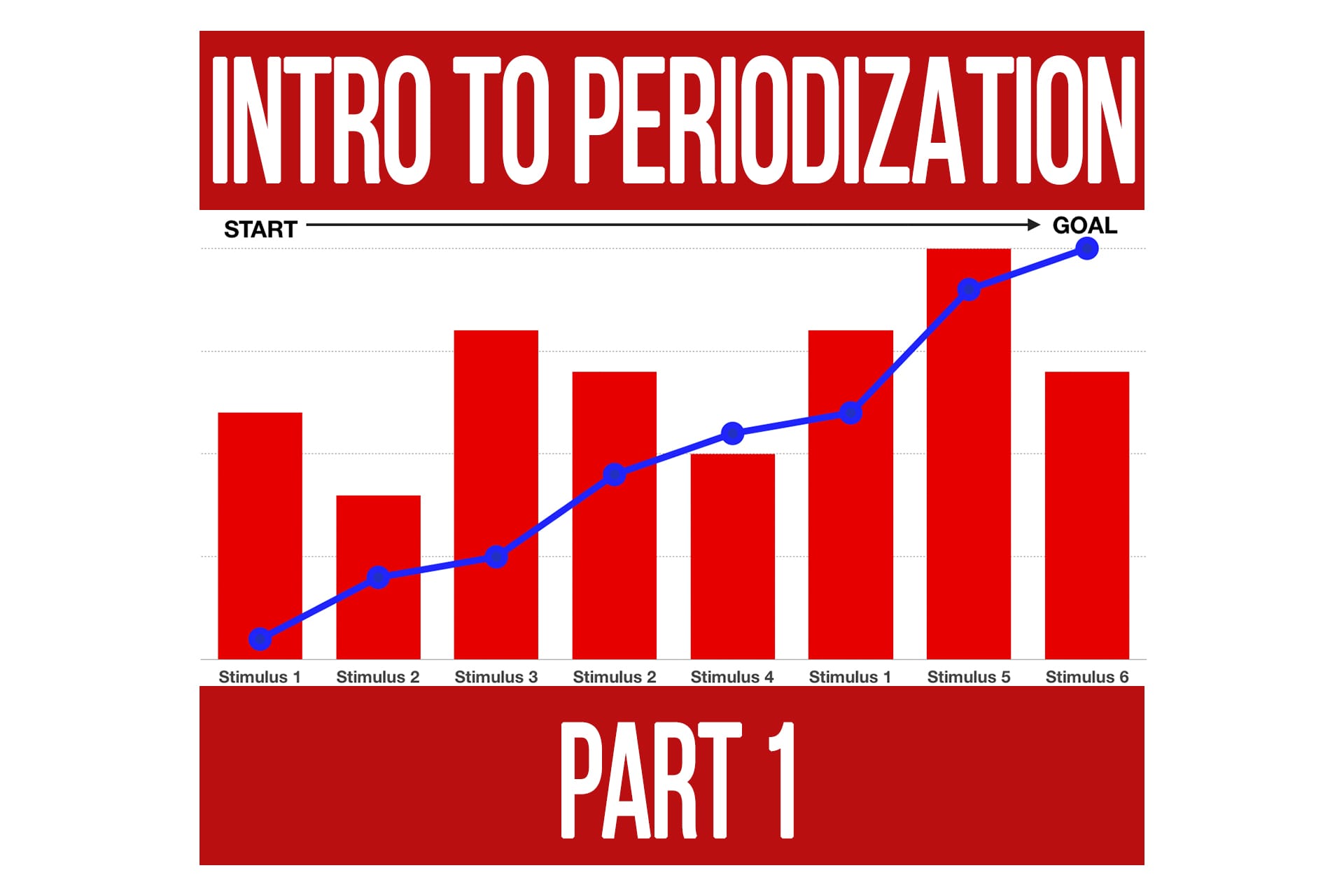N1 Glossary
n1 training
AMPK
Refers to the activation of an enzyme called AMPK which is found inside certain cells. In the context of training we are focused specifically on its activation in muscle cells. AMPK is considered the master regulator of cellular energy metabolism. When activated, it stimulates the uptake of glucose into the cells. It can be a valuable tool to take advantage of for body composition goals.
Antagonist Muscle Group
Muscles that create movement opposite of one another. Examples would be the biceps and triceps or the quadriceps and hamstrings.
Ascending Load
Gradually increasing load across multiple sets, usually with the same number of reps. Using an ascending load protocol is one of the easiest ways to work on increasing intensity of contraction while maintaining or improving execution. By gradually increasing the loads from sub-maximal levels of effort it allows you to focus more on execution and the skill of the movement in earlier sets while practicing the movement patterns for using heavier loads.
Read More Here: Set & Rep Methods: Ascending Load
Cluster Sets
Performing multiple (3-4) clusters of reps (1-6) with extremely short rest periods (10-20 seconds), which count as one “set”.
Read More Here: Set & Rep Methods: Cluster Sets
Force Profile / Curve
Refers to our ability to produce force in a given movement throughout its entire range of motion when we account for both the strength curve of the muscle in addition to the joint mechanics involved.
Giant Sets
Rotating between 3+ exercises.
Glycogen
The form of stored carbohydrates in your cells as chains of glucose. Most predominant in muscle tissue and the liver.
Incomplete Rest Method
A simple and effective way to create a local metabolic stimulus. You’ll choose a given weight based on the goal reps and then taking rest periods short enough that you are not completely recovered before beginning the next set. In a basic IRM you should use the same weight for all sets. The goal is accumulation of lactic acid and to hit failure by fatigue only on the last 1-2 sets.
Read More Here: Set & Rep Methods: Incomplete Rest
Inflammation
A part of the recovery and repair process initiated by the body in response to particular stressors. There are different types of inflammation and can be local or systemic in nature.
Mitochondria
Organelles within your cells that are responsible for the majority of energy production (creation of ATP) by using both fatty acids and glucose as a fuel source.
Neurological Efficiency
Refers to the relative ability of an individual to recruit a percentage of their maximum number of muscle fibers in a single contraction. It is a trait that can be improved with training and has a significant impact on the training stimulus one can achieve in a workout and influences how their workouts should be ideally designed.
Overloaded Position
The point where there is the greatest resistance in an exercise . This is the “peak” of the resistance profile if it were drawn on a graph.
Periodization
The planned progression and ordering of training programs with different stimuli and phases to result in the fastest possible progress towards an individual’s goal. It is NOT just varying the number of sets or perceived level of effort across weeks or months.
Read More Here: Intro to Periodization Part 1
Phases of Training
The three phases of training are essentially the primary categories that all types of training fall under. They each consist of a number of characteristics but it is important to keep in mind that they lie on a continuum and there can be overlap between adjacent phases depending where the workout falls on the spectrum. Each phase refers to the primary goal or adaptations that come along with training in that area of the continuum. The three phases are: metabolic, hypertrophy, and neurological.
Read More Here: The 3 Phases of Training Explained
Potentiation
To increase the outcome of a future action. For example, the adaptations gained from a previous stimulus complimenting the ability to benefit or perform in a future stimulus.
Post-Exhaust
First exercise more closely matches the force curve of the muscle and the second exercise overloads a specific portion of the range of motion or muscle length.
Learn More on Post-Exhaust methods for different muscle groups HERE
Pre-Exhaust
First exercise overloads a specific portion of the range of motion or muscle length and the second exercise more closely matches the force curve of the muscle.
Program Design
The construction of a training plan, consisting of multiple workouts, utilizing specific variables (tempo, rest periods, exercise selection, exercise order, etc) to create a desired stimulus for a certain goal.
Learn More Here: Webinar: Training Variables for Program Design
Improve your skills: Course 02 – Nutrition & Program Design for Trainability
Resistance Profile / Curve
Refers to the resistance a given exercise provides throughout its entire range of motion if it were drawn on a graph.
Stimulus / Stimuli
Training stimuli refers to specific conditions created by the type of training that elicits a particular response from the body. Think of it like a trigger that results in an adaptation.
By manipulating workout variables, we create a certain biological state in the body that stimulates processes to take place which can either positively or negatively affect our progress.
Each of these stimuli can contribute to one or more of our overall goals of fat loss, recomposition, muscle gain, or strength increase.
Read More Here: Training Stimuli – What Are They?
Strength Profile / Curve
Refers to the ability of a muscle to produce force throughout its contractile range if it were drawn on a graph.
Super Sets
Performing two exercises in an alternating fashion.
Synergist Muscle Group
Muscles that contribute to the movement being performed, but that are not necessarily the prime movers for the exercise. Examples would be the anterior deltoids and triceps in a chest press.
Tempo
The time spent in each portion of a rep, which is broken down into four sections: concentric (shortening the target musculature), shortened position, eccentric (lengthening the target musculature), lengthened position. Usually displayed as four numbers representing the seconds spent in each portion.
Read More Here: Understanding Tempo
Trainability
The ability to recover from and adapt to a given stimulus at a point in time. It is the difference between how much volume of a stimulus is required to trigger an adaptation and your maximum amount of volume of that stimulus you are able to recover from. Trainability varies by stimulus and is constantly changing as you adapt, recover, and progress.
Tri-Set
3 consecutive exercises for the same muscle group.
Volume
An approximation of the amount of stimulus provided by a workout. It is NOT a simple multiplication of sets x reps x weight. It is relative to the stimulus and volume cannot be compared between vastly different stimuli (for example neurological and metabolic workouts).
Read More Here: Q&As: Volume / Understanding Volume
Post-Exhaust Super Sets: Biceps
videoExecution and Technique Hypertrophy Program Design Super Sets Support Training
Popular Pages
Learn & Train With Us
Add N1 Training to your Homescreen!

Please log in to access the menu.
